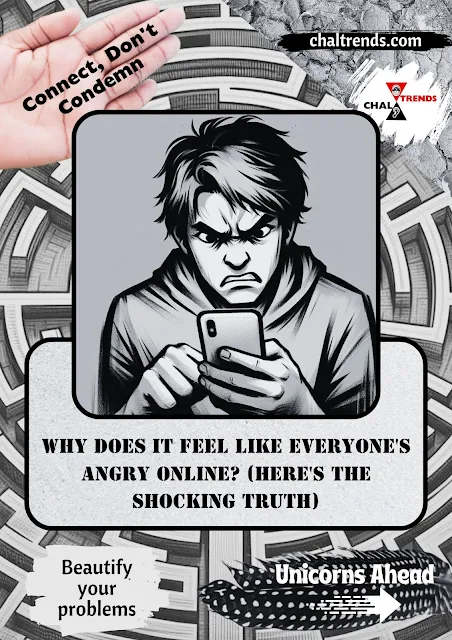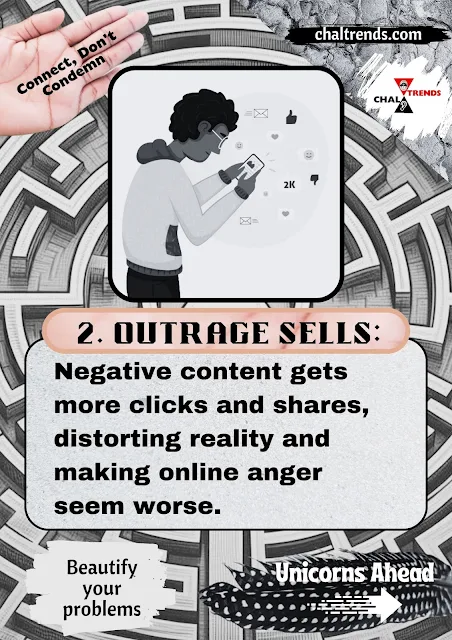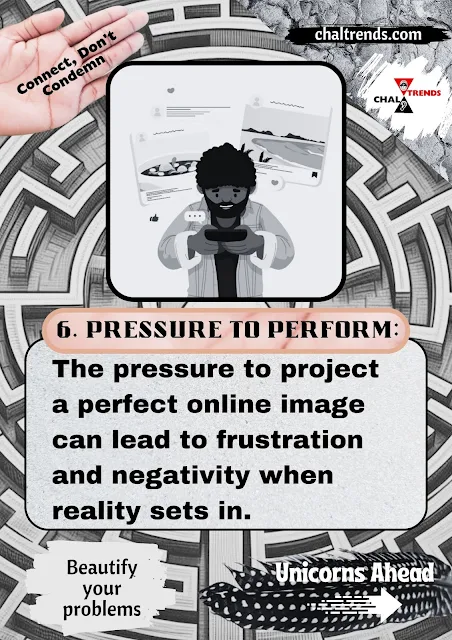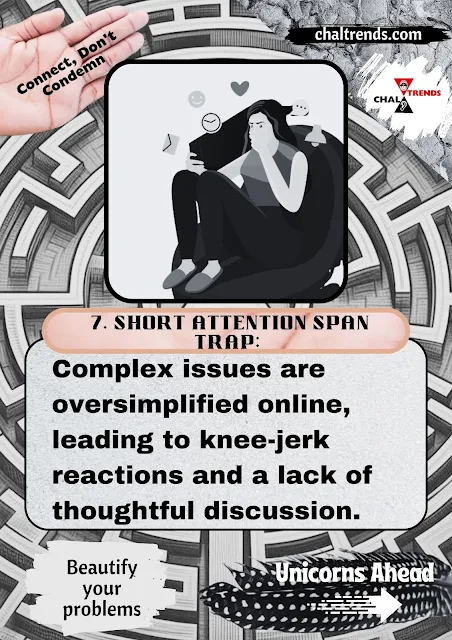Introduction
Scroll through any social media feed, and you might be bombarded with negativity. Outrage culture seems to reign supreme, with angry comments and heated debates dominating the online landscape. But is everyone truly seething with rage, or is there something more at play? Here are 8 reasons why online interactions can feel so hostile:
1. The Algorithmic Amplification:
Social media platforms use algorithms to personalize your feed, often showing content that sparks strong reactions, including anger. This creates an echo chamber where you primarily see viewpoints that confirm your existing beliefs, further fueling the perception of widespread anger.
2. Outrage is Clickbait:
Unfortunately, negativity sells. Content that provokes anger is more likely to get shared and commented on, leading social media platforms to prioritize and amplify it. This creates a distorted view of reality, making online anger seem more prevalent than it truly is.
3. The Disconnect of Disinhibition:
Online anonymity can lead to a phenomenon called "disinhibition." People feel less inhibited about expressing themselves harshly or aggressively when hidden behind a screen. This lack of social consequence fosters a more hostile online environment.
4. Nuance Gets Lost in Translation:
Online communication lacks the richness of nonverbal cues like facial expressions or tone of voice. This can lead to misunderstandings and misinterpretations, turning a lighthearted comment into a perceived insult.
5. The Frustration Factor:
Social media can be a breeding ground for frustration. Seeing others' seemingly perfect lives can trigger feelings of inadequacy or envy. Additionally, witnessing injustice or negativity in the world can be a source of anger for many.
6. The Pressure to Perform:
Some people feel pressure to project a certain image online, leading to frustration and anger. When carefully curated online personas collide with reality, negativity can erupt.
7. The Short Attention Span Trap:
Modern online culture thrives on quick soundbites and attention-grabbing headlines. Complex issues are often oversimplified, leading to knee-jerk reactions and a lack of thoughtful discussion.
8. The Positivity Paradox:
While negativity grabs attention, it can also be emotionally draining. This can lead to a cycle of negativity, where people lash out online to vent their frustration with the online environment itself.
The Shocking Truth? It's Not Everyone
Understanding these reasons helps us see beyond the surface anger of online interactions. There are still countless acts of kindness, humor, and support happening online. Remember, negativity is often louder, but it doesn't represent the whole picture.
Here's What We Can Do:
- Be mindful of the content you consume and share. Don't contribute to the echo chamber.
- Seek out diverse voices and engage in respectful dialogue.
- Remember, there's a person behind the screen. Practice empathy and understanding.
By being more conscious of online dynamics, we can strive to create a more constructive and positive online environment for everyone.











.jpeg)





0 Comments